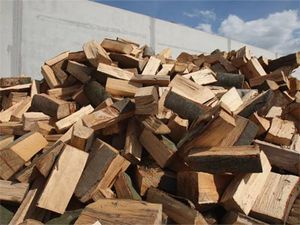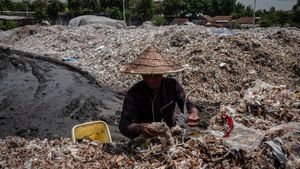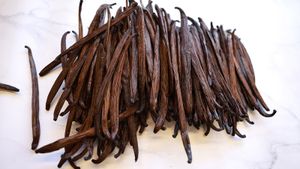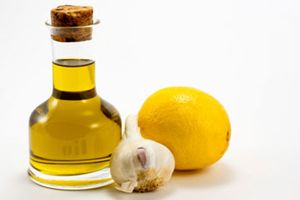Key Takeaways
- Newspapers turn yellow over time due to the presence of lignin in the paper, which reacts with air and sunlight, causing oxidation and a change in color.
- Newsprint contains more lignin than finer papers because it's cheaper to produce, leading to its quick yellowing when you expose it to sunlight and air.
- Fine white paper is made by removing lignin through a chemical process, resulting in paper that resists yellowing over time.
Paper is made from wood, which is made up mainly of white cellulose. Wood also has a lot of a dark substance in it called lignin, which ends up in the paper, too, along with the cellulose. The exposure of lignin to air and sunlight is what turns paper yellow.
Lignin makes wood stiff and trees stand upright. You could say it acts as a glue to bind the cellulose fibers together. It is a polymer, a substance that is formed by the joining of simpler molecules into giant molecules that act differently than the smaller molecules did. Dr. Hou-Min Chang, a professor of wood and paper science at N.C. State University in Raleigh, N.C., compares lignin to the concrete used in buildings, with cellulose as the steel frame. Without lignin, Chang says, a tree could only grow to be about 6 feet tall. Lignin also helps protect the wood from pests and other damage.
Advertisement
Newsprint, which must be produced as economically as possible, has more lignin in it than finer papers. At the mill, the wood that will be turned into newsprint is ground up, lignin and all.
Paper manufacturers utilize the benefits of lignin in some types of paper, though. Brown kraft paper, the dark brown paper used in grocery store bags, and cardboard are stiff and sturdy because they have more lignin in them, and because those kinds of paper aren't treated with bleaching chemicals. It doesn't matter how dark they are because the printing on them is limited.
To make a fine white paper, the mill puts the wood through a chemical solvent process, which separates and discards the lignin. Pure cellulose is white, and the paper made from it will be white and will resist yellowing.
Lignin eventually turns paper yellow because of oxidation. That is, the lignin molecules, when exposed to oxygen in the air, begin to change and become less stable. The lignin will absorb more light, giving off a darker color. Chang says that if newsprint were kept completely out of sunlight and air, it would remain white. After only a few hours of sunlight and oxygen, however, it will start to change color.
Advertisement












